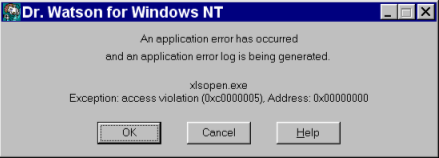Mainstream support for Visual Basic 6 (the last version before .Net) finished at the end of March, and there’s growing murmurs in the VB development community, calling for it to be resurrected. While “classic” VBers didn’t mind being shunted into the .Net framework, they objected to some of the bigger changes to the language itself, which made it difficult to migrate old projects over. And remembering that “classic” VB is the most popular computer language ever, there’s a lot of old systems out there still running with it. A petition has been organised, with nearly 200 MVPs having signed up so far.
Microsoft have put up a new site highlighting VB6 called VBRun (harking back to the pre version 5 days when the main DLL was called VBRun). It’ll have VB6 content on it, as well as nudging developers towards .Net.
I work with VB. I’ve got a lot of VB6 code still running. But I’m slowly moving some stuff over to .Net. I’m not convinced it’s better yet. It’s certainly different, but I’ll get used to it eventually.

